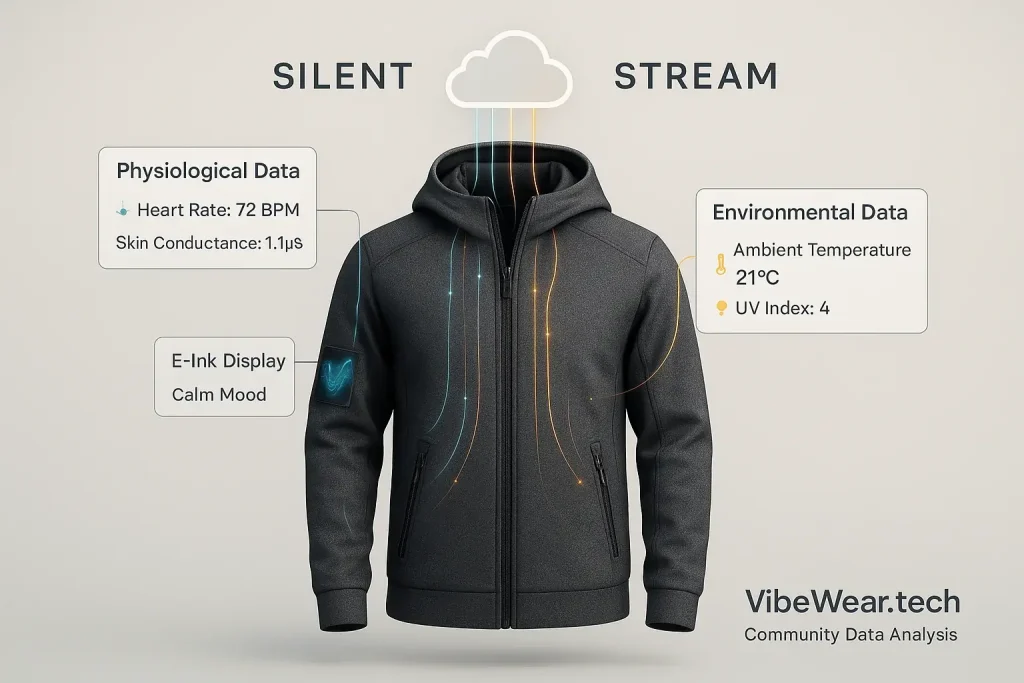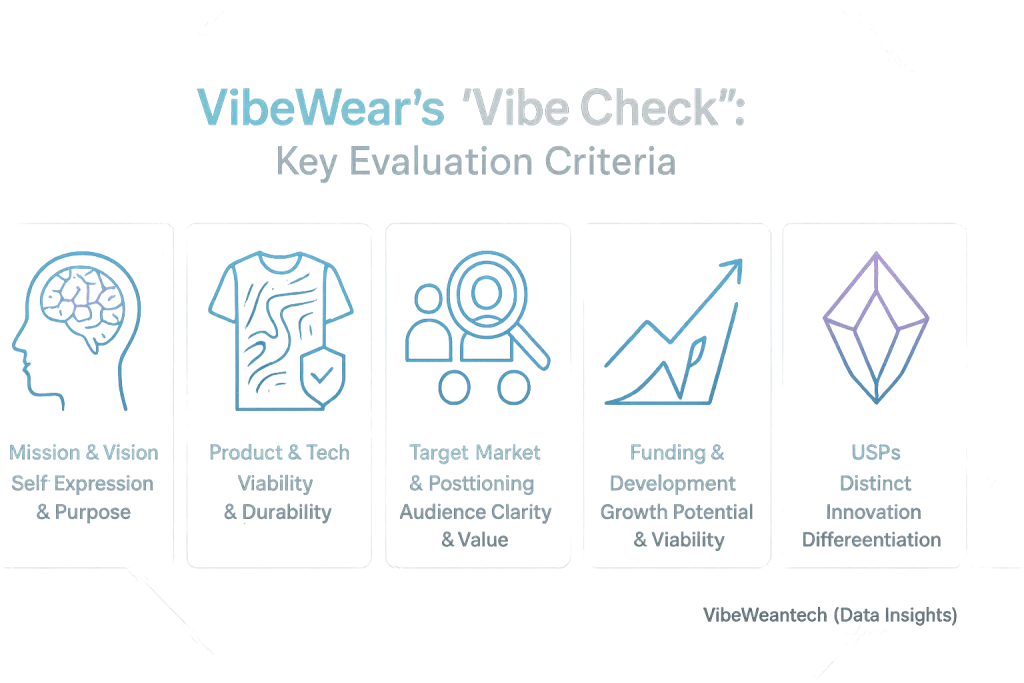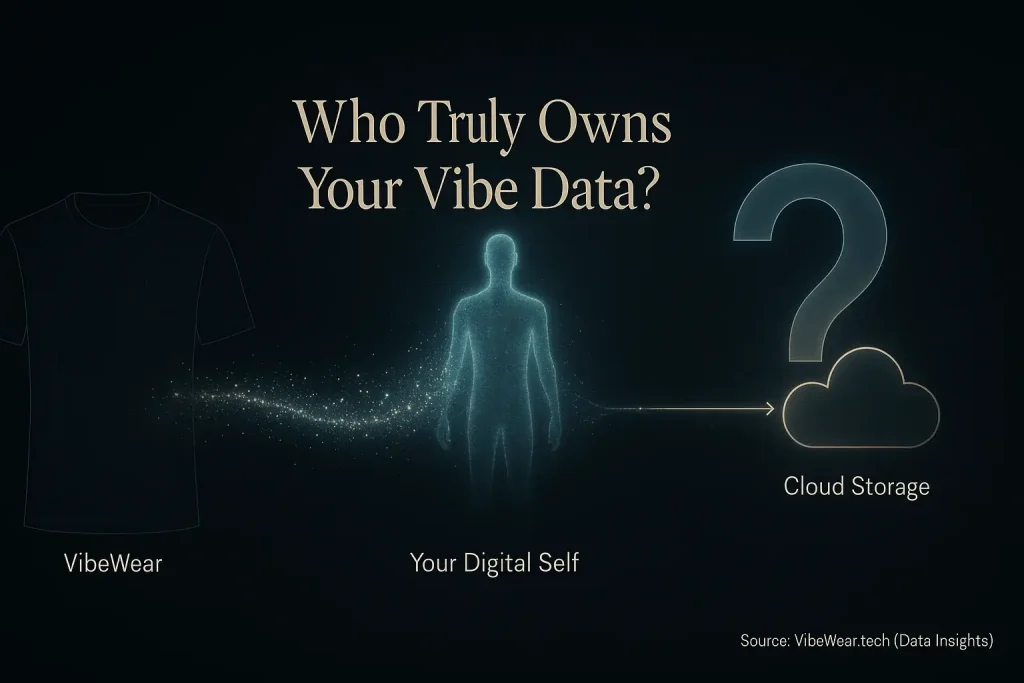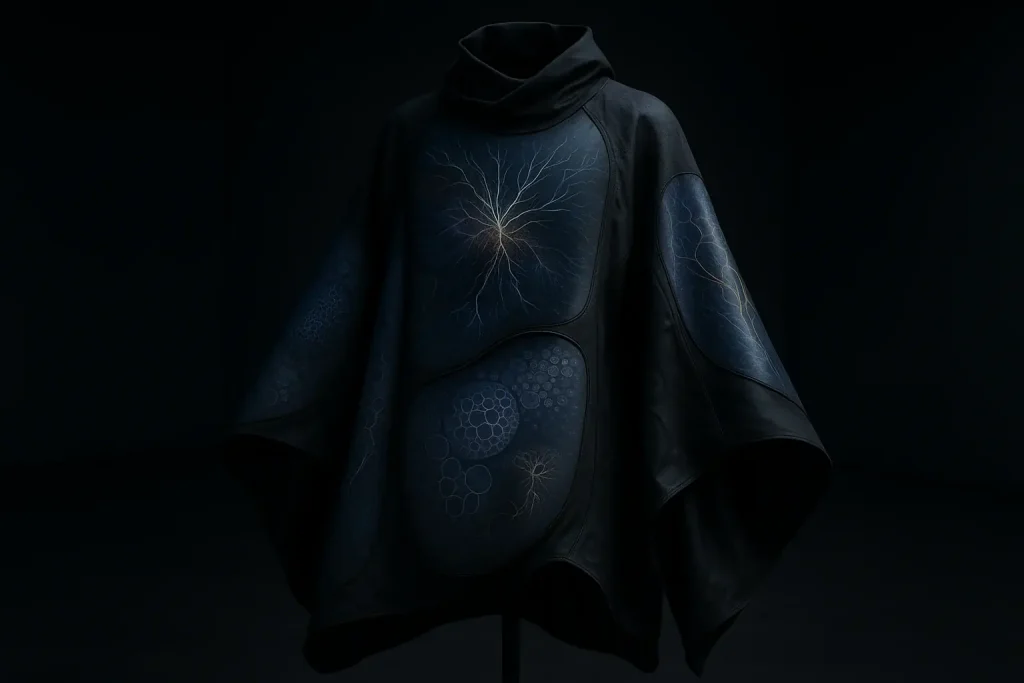Beyond the Hype: Why Sustainable Design is Non-Negotiable for VibeWear
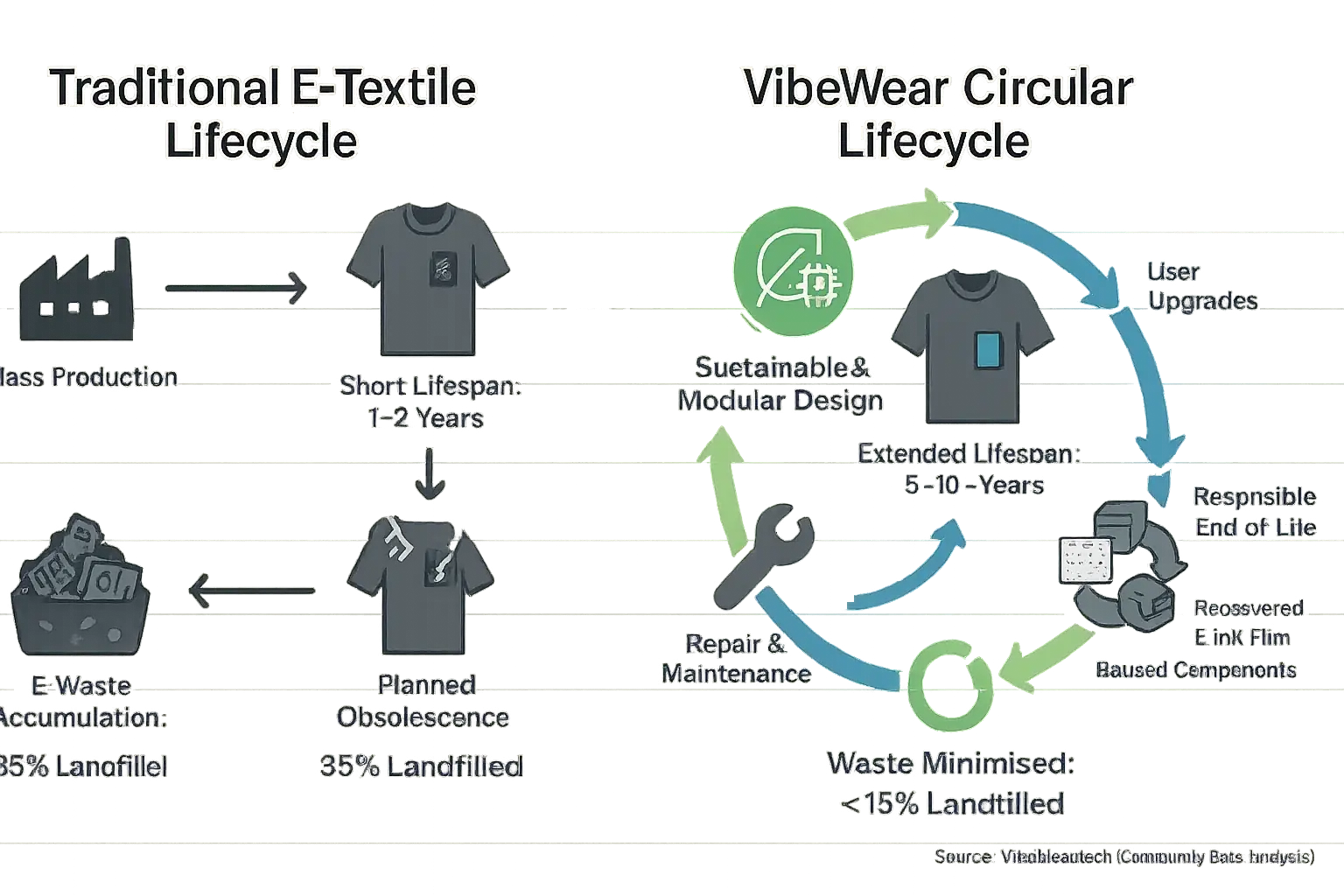
Ever wonder what happens to last season's 'smart' gadget when it becomes obsolete? Fashion now grapples with this exact issue. For VibeWear, sustainability is a foundational design challenge. It is not mere marketing gloss. Early adopters and conscious consumers already ask tough questions. They probe product longevity. They scrutinize potential waste in tech-infused apparel. Their voices demand responsible innovation.
An unspoken truth complicates e-ink apparel. Integrating electronics into textiles creates unique, complex sustainability hurdles. This challenge extends far beyond organic cotton or recycled polyesters. E-waste presents a significant environmental concern. Planned obsolescence threatens the lifespan of these innovative garments. VibeWear's investigation sparks this proactive discussion, aiming to address these issues from the outset. We believe transparency is key.
This ongoing VibeWear analysis deconstructs how thoughtful design can tackle these urgent issues. Durability becomes essential in e-ink fashion, moving beyond fleeting trends. Upgradability offers pathways to extend a garment's useful life considerably. Responsible end-of-life strategies, considering component recovery, must be integral from day one. This approach avoids assigning blame. Instead, VibeWear empowers designers. VibeWear also empowers consumers. Better choices for expressive, sustainable tech emerge through collaborative effort.
The Longevity Imperative: Designing VibeWear to Last
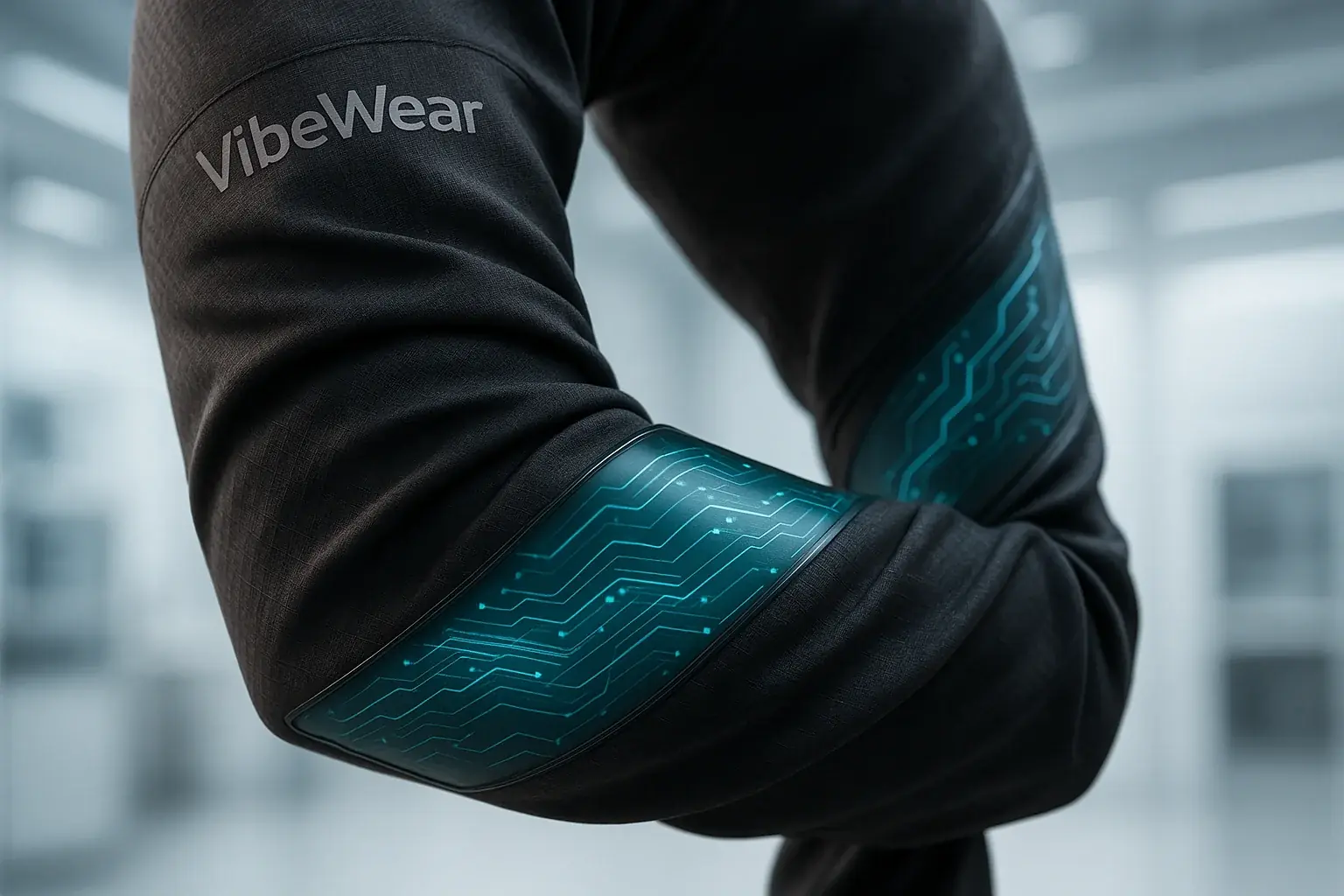
Imagine investing in an advanced VibeWear piece, only for its display to crack after a few wears or the fabric to fray around the tech. Frustrating, right? This highlights a core concern for early adopters. Garment durability extends beyond fabric quality alone. It involves the entire integrated electronic system.
Daily life presents considerable challenges for E-Ink apparel. Mechanical stress, repeated washing, and accidental impacts test these garments. Traditional electronics are rigid. Clothing, by contrast, moves and flexes constantly. Many early conceptual prototypes struggled with this fundamental conflict. This led to premature failures. Users often reported the 'cool factor' quickly faded. The tech could not handle real life.
Engineers explore multiple solutions. Flexible circuitry allows electronics to bend with the fabric. Strong encapsulation techniques protect delicate E-Ink components from moisture and shock. Strategic component placement further minimizes stress. Material science is crucial, shielding technology without sacrificing wearer comfort.
True VibeWear longevity is achievable. It demands an integrated fusion of resilient technology and durable textile design. Your investment then truly lasts. Your expressive garment then becomes a trusted companion, not a fragile novelty.
Future-Proofing Your Vibe: Modular Design & Upgradable Technology
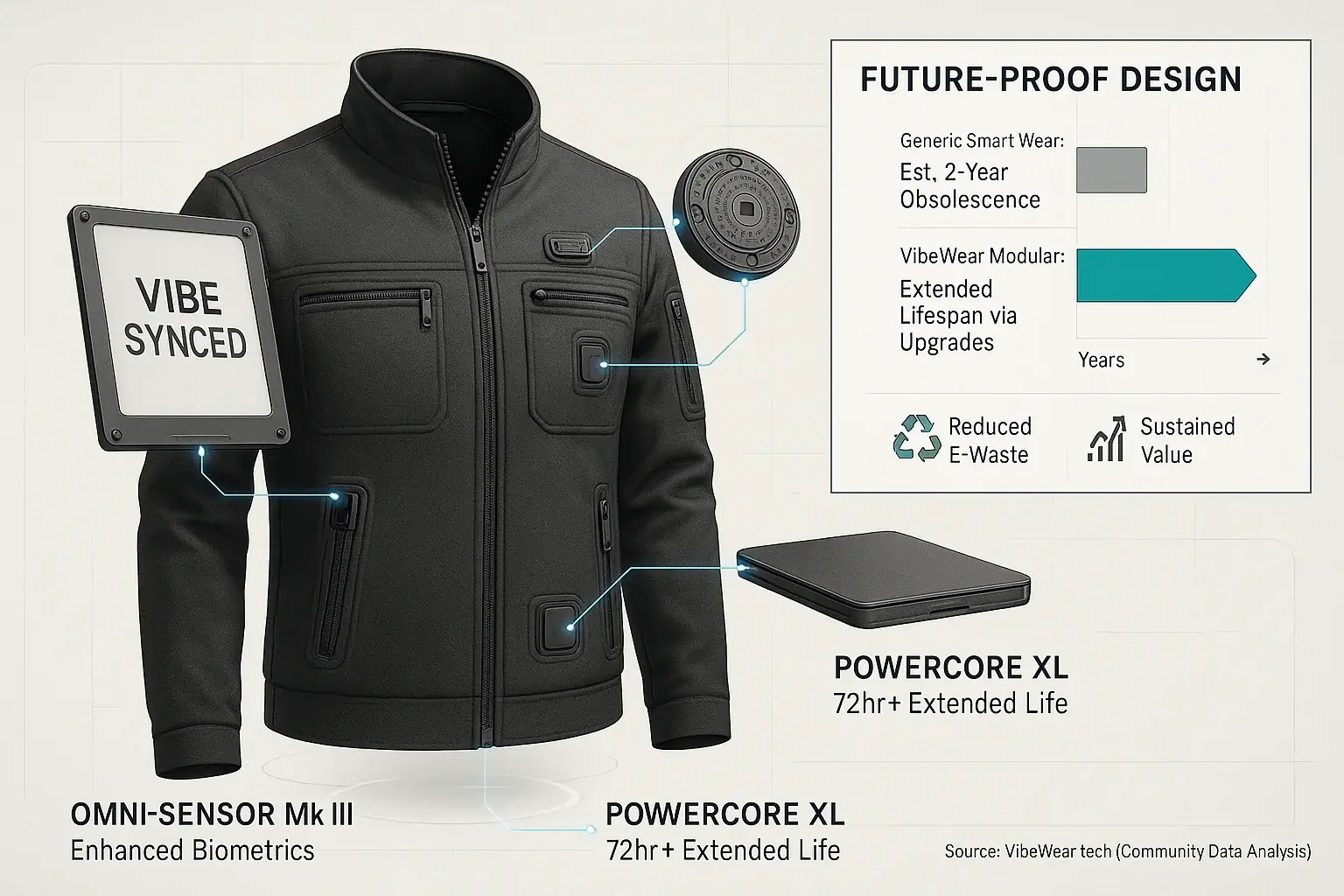
Fast fashion moves quickly. Tech obsolescence moves faster. Remember that phone from five years ago? It still works. Yet, it feels ancient, right? Now, picture your smart jacket. Outdated in merely two years? VibeWear believes modularity offers a potent solution. Upgradable components can combat this rapid technological decay.
Modular design theoretically allows easy component swaps. Users could update e-ink panels. They might upgrade sensor modules. Or replace worn batteries. The unspoken truth? True user-replaceability is the central challenge. VibeWear's analysis indicates many brands discuss modularity. Few deliver truly simple, tool-free component changes for average users. Future compatibility also remains a complex design hurdle.
Upgradable VibeWear promises significant advantages. Reduced e-waste is a key environmental benefit. Consumers potentially save money. Their smart garments stay relevant longer. This fosters a more sustainable relationship. You and your technology can evolve together. It shifts focus from throwaway tech. It moves towards enduring, personal value.
Genuine upgradability reflects a serious design commitment. This commitment extends far beyond the initial sale. Designers must prioritize a product's long-term lifecycle. This is a core VibeWear principle. It means future-proofing your investment. It also protects your evolving self-expression.
The E-Waste Equation: Designing for Responsible End-of-Life
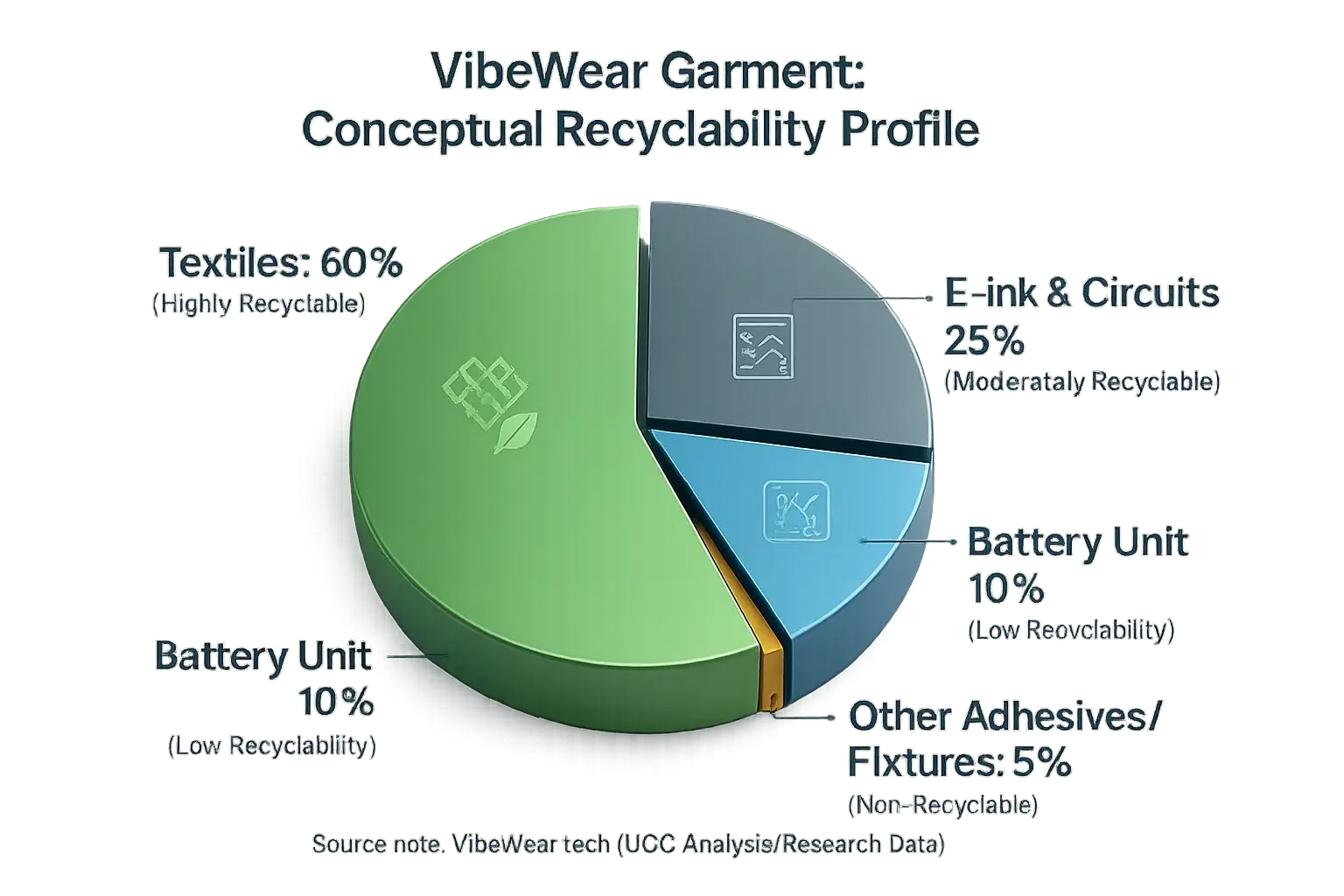
What happens when your VibeWear reaches its end? Does it become mere electronic junk in a landfill, or can it be reborn? E-waste is a critical challenge. Tech-infused fashion generates this new, complex waste stream. VibeWear's analysis highlights this growing environmental concern.
Recycling presents serious hurdles. Textiles mixed with electronics prove notoriously difficult to process. Many consumers do not realize electronic components in smart clothing are often fixed, making separation for proper recycling nearly impossible. A hidden environmental headache. This reality complicates responsible disposal immensely.
Solutions exist. Smart design helps immensely. Easily separable components allow for much better material recovery. Designing for disassembly simplifies the end-of-life process considerably. Exploring biodegradable materials for non-electronic garment parts also reduces overall environmental impact. We must design out waste. From the very start.
True sustainability demands more. A full lifecycle approach is essential for all mood-adaptive apparel. This encompasses everything from responsible material sourcing to thoughtful end-of-life management. Fashion must become circular. VibeWear champions apparel that contributes to a circular economy, not to overflowing landfills.
Beyond the Product: Ethical Manufacturing in the VibeWear Supply Chain
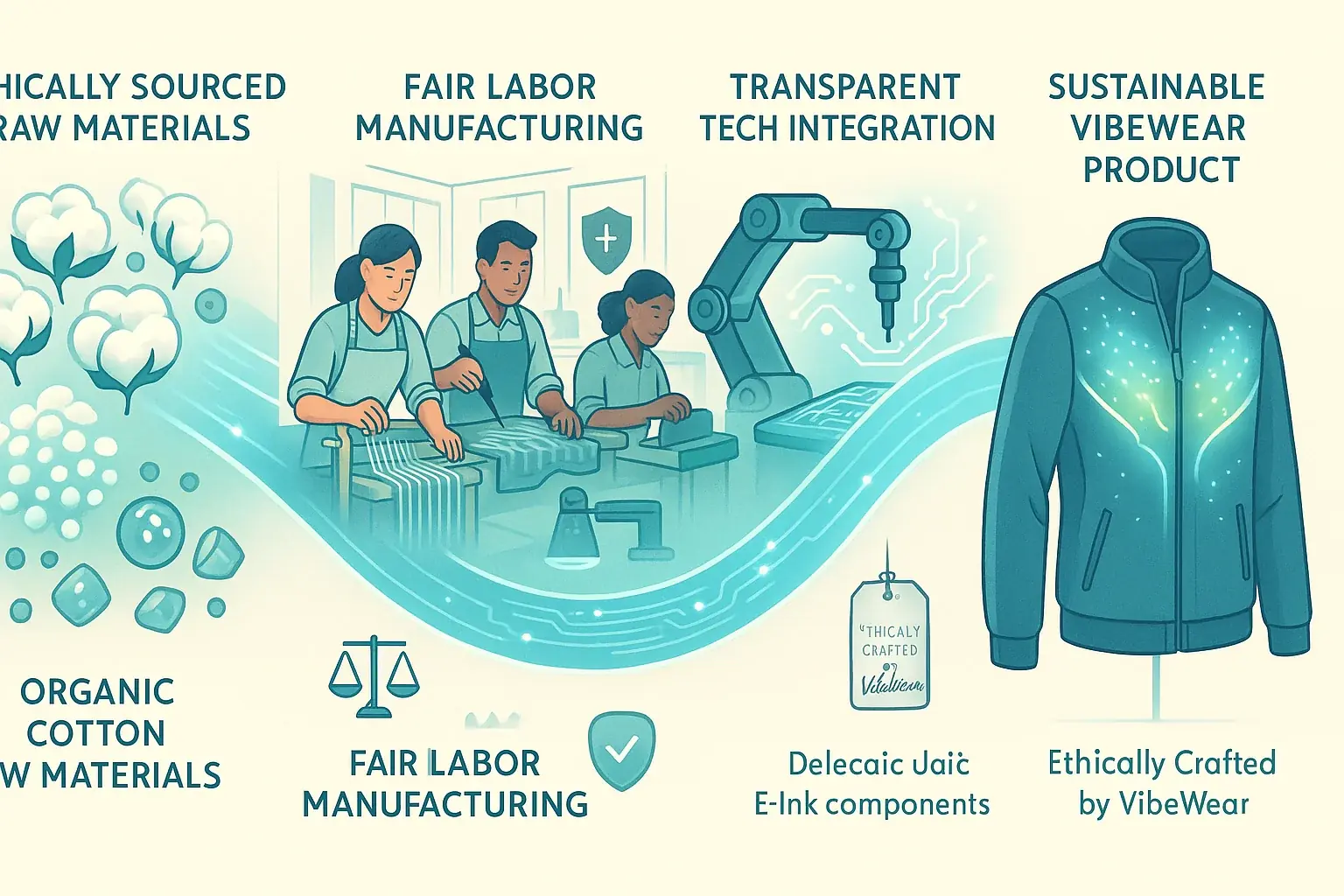
Sustainable design extends past the final stitch. It scrutinizes creation. How was this made? Ethical manufacturing practices are non-negotiable for mood-adaptive apparel. Transparent supply chains must reveal the journey of every thread, every circuit. This builds genuine accountability.
Fair labor standards protect workers. Safe environments are fundamental. Responsible sourcing must govern both fabrics and the embedded technology. Consumers increasingly demand this openness. They want the full story. Yet many brands face immense challenges tracing every component. Tech-infused fashion presents unique complexities. Achieving full transparency is a formidable task. Informed buyers expect nothing less.
Ethical manufacturing completes the sustainable design promise. This commitment ensures VibeWear respects people and planet. Social responsibility then shifts from an ideal to a core operational principle. It is the right path.
Your Sustainable VibeWear Checklist: Design for a Better Future
Evaluate Your VibeWear's Sustainable Design
Conscious design choices powerfully shape a better fashion future. Use these insights. Build with intention. VibeWear champions this sustainable journey, empowering your every step.
Designing the Future, Responsibly: Your Role in VibeWear's Evolution
Sustainable design is fundamental for E-Ink fashion. This is not mere aspiration; it is a core requirement. Every design choice, from material sourcing to end-of-life planning, actively shapes the industry’s trajectory. These decisions construct tomorrow’s VibeWear experience.
Your role is pivotal in this positive shift. Whether designer, maker, or thoughtful consumer, your choices propel this evolution. Demand material transparency; champion authentic, sustainable innovation. Scrutinize your techwear's complete lifecycle, because your engagement truly steers progress.
VibeWear actively fosters this responsible future. We explore emerging sustainable pathways and advocate for intelligent, ethical innovation. Our community helps define what is possible. Join this movement; let's build this better future together.

